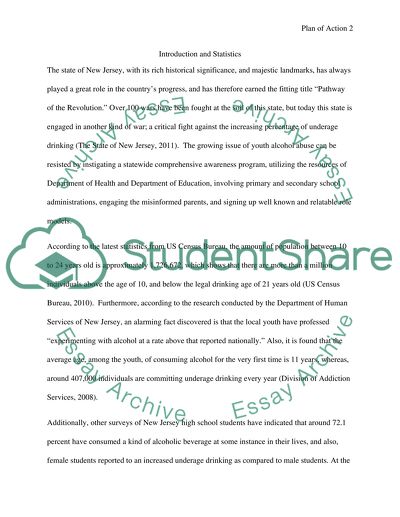Cite this document
(Targeting the Increasing Social Issue of Underage Drinking Case Study, n.d.)
Targeting the Increasing Social Issue of Underage Drinking Case Study. Retrieved from https://studentshare.org/social-science/1583293-special-populations-health-care
Targeting the Increasing Social Issue of Underage Drinking Case Study. Retrieved from https://studentshare.org/social-science/1583293-special-populations-health-care
(Targeting the Increasing Social Issue of Underage Drinking Case Study)
Targeting the Increasing Social Issue of Underage Drinking Case Study. https://studentshare.org/social-science/1583293-special-populations-health-care.
Targeting the Increasing Social Issue of Underage Drinking Case Study. https://studentshare.org/social-science/1583293-special-populations-health-care.
“Targeting the Increasing Social Issue of Underage Drinking Case Study”. https://studentshare.org/social-science/1583293-special-populations-health-care.


